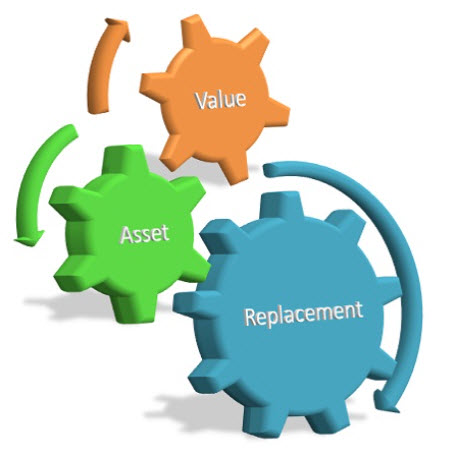
| Vision All costs associated with facility assets are captured at regular intervals to give the owner the ability to make the right decisions regarding the life-cycle of facility assets. This shall include both short-term operational repair and replacement decisions, as well as long-term renewal planning. Mission A complete set of facilities cost data that allows for integrated knowledge, understanding, and ability to make sound asset investment decisions that meets the needs of the organization. Purpose The purpose of this principle is to define a unique cost for each manageable asset [Managed Asset (3.3.1)] housed in Asset Inventory (see 3.3.2). It should be recognized that the TCO for a facility might encompass costs not directly associated with a specific asset. However, where costs can be attributed to physical assets they should be recorded to that asset. The Asset Costing principle defines the data needed to make decisions at the appropriate time to maximize efficiency and effectiveness of the asset and defines the relationships associated with the other principles and outside standards focusing on TCO. Asset Costing directly links to all other principles as this is the core of TCO, but specifically aligns to the Asset Classification (see 3.3.4) and Asset Annual Funding (see 3.3.9) Principles. Asset Costing includes all current, predictive, and historical costs. There are five basic cost categories defined. They include initial asset costs, operations and maintenance (O&M) costs, utility costs, renewal or replacement costs, and end of life costs. Each of the basic cost categories is broken down into more detail to capture specific costs in a hierarchical manner. This standard is designed to take care of all cost issues with an asset, whether the asset is a specific piece of equipment, a building, or a campus. All needs are included in the standard. Each asset listed in the “Asset Classification Standard (see 3.3.4)” will be determined to be a “Unique” cost or a “Unit” cost. Unique means the cost managed individually. Unit cost means there is quantity of similar items that would be equal to asset cost. Costs are assigned to line items and the Asset Classification hierarchical structure. This structure allows management the ability to manage assets. When Required This standard is used in determining planned construction and installation costs, O&M costs, as well as repair versus replacement decisions. The Asset Cost principle is required at some level of use for every asset managed. The guidelines provided in the implementation portion of the standard shall govern. |
 Create an Account
Create an Account
 Login/myAPPA
Login/myAPPA
 Bookstore
Bookstore
 Search
Search  Translate
Translate